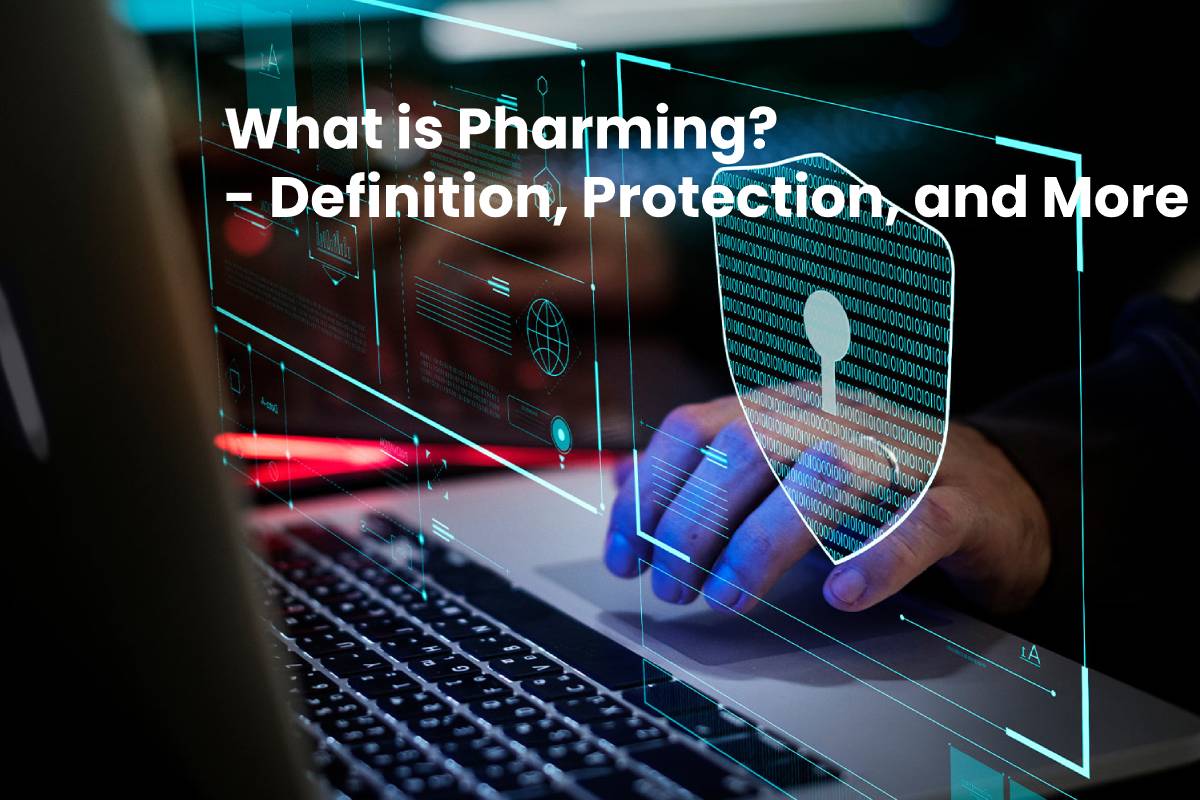

Pharming Exposed: Definition, How to Stay Safe, and More
Pharming Definition
Pharming: The Sneaky Bug in the Web
Imagine you’re logging into your bank account, but instead of seeing your trusted online portal, you land on a shady copy that looks just like it—only this copy is the culprit behind a malicious plot. That’s basically what pharming does.
What the Heck is Pharming?
- Pharming is a cyber scam where hackers divert a legitimate site’s traffic to a fake one.
- It usually targets banks because they hold precious data (your passwords, account numbers, the whole shebang).
- Once the target’s browser mistakenly opens the counterfeit site, the attacker can harvest personal information like a data junkie at a water cooler.
Why It’s Harder to Spot
Because pharming is a soft trick—there’s no obvious “this website is fake” banner. The victim’s computer keeps going to the same address, so you might think the site is still loading fine. The hacker is only a step behind the wheel.
How to Protect Yourself
- Always check the URL bar for the correct domain. A single typo could land you in a trap.
- Use a reputable security suite that blocks known malicious redirects.
- Enable two‑factor authentication (2FA) at your bank to add an extra line of defense.
- Keep your operating system and browsers up to date—patches often close the loopholes hackers exploit.
In short, pharming is the cyber equivalent of a stage‑hand swapping your phone with a look‑alike from a long distance. Since it’s usually silent, the best defense is vigilance—think of it as a tiny radar to sniff out any sneaky redirects. Stay sharp, stay safe, and keep your online banking experiences smooth and secure.
How do Pharming works?
Pharming Unplugged: How Malware Hijacks Your Hosts File
Ever wondered how a nasty spell can send your browser straight to a fake site without you even noticing? The trick is simpler than you think – it all starts with a deceptive download or a sketchy URL.
The Bad Guys’ Playbook
- Infiltration. Malware gets onto your machine when you click on a shady link or open a downloaded file that’s less than trustworthy.
- Home‑rooting. Once inside, it sneaks into the local
hostsfile—the shortcut list computers use every time they want to connect to a site. - IP‑swap. The malware changes the stored IP address for a real site, pointing it instead to a malicious server.
- Silent takeover. Now, when you revisit that “real” site, the computer pulls the IP from its own
hostsfile, never asking the DNS server again. Boom! You’re talking to a fake site without even knowing it.
Why It’s a Bad Move
The hosts file is the computer’s “address book.” If the entries are doctored, your data (and your privacy) get routed to wherever the malware wants. That means:
- Phishing attempts are easier.
- Financial data can be hijacked.
- Privacy breaches become more likely.
Stay Ahead of the Game
Keep your operating system and antivirus up‑to‑date, avoid dubious sites, and never ignore a warning about a download. Think of your hosts file as your personal do‑not‑let‑them‑enter list—protect it like a treasure chest!
How to protect yourself from Pharming?
How to Outsmart Pharming: A Friendly Guide
Pharming attacks can feel like a digital prank, but you can put a stop sign to them with proven strategies. Read on to become a savvy net‑surfer!
1. Pick a Reputable ISP
Top-notch Internet Service Providers (ISPs) automatically block phishing redirects. By choosing a reliable ISP, you reduce your chance of ending up on a fake site and keep your data safe.
2. Double‑Check the URL
- Slow down—give the page time to load. During that brief pause, examine the web address carefully.
- Spot any typos or weird subdomains.
3. Look for “HTTPS” at the Start
When a URL begins with HTTPS, it signals that the traffic between you and the site is encrypted. This is especially important for financial or stock‑exchange transactions.
4. Steering Clear of Suspicious Sites
Common sense is your best ally. If a website seems off, or the landing page feels too flashy for what it promises, think twice before you proceed.
5. Watch Your Clicks
- Don’t let yourself fall for unknown links or files.
- Always verify a file’s source before downloading.
6. Be Realistic About Discounts
If an online deal promises a massive discount, give yourself a moment to compare prices on other reliable sites before you hit “Buy.”
7. Trust Your Security Software
- Keep your antivirus turned on and up‑to‑date.
- Listen to any warnings from your browser or antivirus—it’s trying to protect you.
8. Choose a Strong Antivirus
Programs from well‑renowned providers, such as AntiVirus FREE, shield your computer from malware and unwanted redirects. Make sure you have a good one running, and you’re covered.
Armed with these practical tips, you’ll navigate the web with confidence—a true cyber‑hero in your own right!







